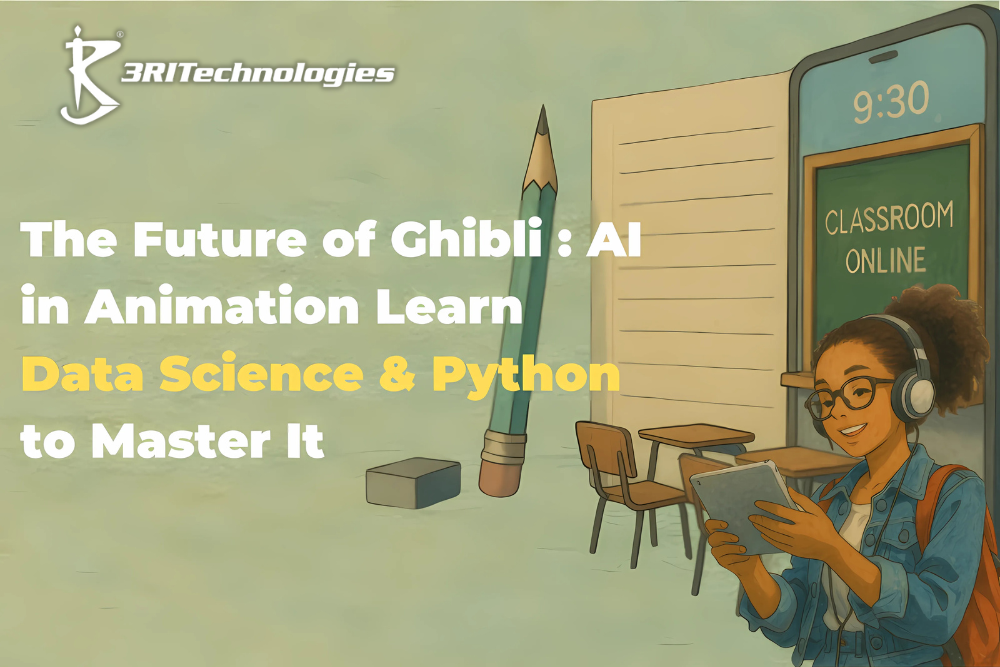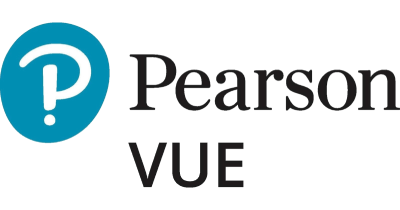Studio Ghibli, renowned for its breathtaking hand-drawn animation, has set a gold standard in the animation industry. The meticulous detailing, fluid motion, and emotional depth of its films make them timeless masterpieces. But as artificial intelligence (AI) and deep learning revolutionise various fields, a thought-provoking question arises—can AI recreate the magic of Ghibli’s hand-drawn art?
For decades, the answer to what is Studio Ghibli has been synonymous with breathtaking, hand-crafted artistry. But what happens when that style meets the power of artificial intelligence in animation? Today, tools like an AI animation video generator can create stunning visuals, fundamentally changing content creation. This evolution has a massive impact on the digital marketing scope, as these new assets require fresh marketing techniques. This article provides an introduction of digital marketing concepts in the context of modern media. With digital marketing explained through this creative lens, we see how the types of marketing strategies must adapt. The backbone of this entire revolution—from rendering animations to running marketing campaigns—is powerful cloud computing. To master this technology, an Aws Course In Pune can give you a competitive edge, a skill often covered in our advanced digital marketing certificate courses.
With advancements in machine learning, deep learning, data science, AWS cloud computing, Java, Python, DevOps, and software development, tools like generative adversarial networks (GANs), neural networks, and AI-driven image processing have shown promise in mimicking artistic styles. However, can these technologies truly capture the essence of Ghibli’s artistry, or does human creativity remain irreplaceable? This blog explores the intersection of AI, animation, and IT courses, shedding light on the technical skills that can help aspiring tech professionals break into this evolving field.
The Technology Behind the Magic: AI Animation Generators and Cloud Platforms
1. Traditional Hand-Drawn Animation
Studio Ghibli’s animators create each frame by hand, ensuring a unique level of expressiveness that is difficult to replicate digitally. The seamless blend of watercolor backgrounds, hand-drawn character designs, and fluid animation gives Ghibli movies their signature look.
Each film involves:
- Storyboarding by hand to maintain a fluid, organic feel.
- Hand-painted backgrounds, often inspired by real-world landscapes.
- Frame-by-frame character animation, with slight imperfections that add charm and realism.
2. The Role of Technology in Ghibli’s Process
Although Studio Ghibli primarily focuses on traditional animation, it has adopted digital tools to streamline its workflow. Films like The Wind Rises and Earwig and the Witch experimented with CGI, yet the studio continues to favor traditional animation methods.
Digital tools such as Toon Boom Harmony and Retas Studio assist in:
- Digitally coloring hand-drawn sketches to enhance efficiency.
- Compositing layers to create depth without altering the hand-drawn aesthetic.
- Scene transition and lighting effects for a modernized look.
Can Artificial Intelligence and Deep Learning Successfully Replicate the Artistic Style of Studio Ghibli?
1. Understanding AI-Driven Art Creation
AI-generated art has made significant progress through deep learning models, which learn from vast datasets of artwork. These models analyze patterns, brush strokes, and color schemes to generate images that mimic human-created styles.
Key AI techniques used in digital art recreation include:
- Generative Adversarial Networks (GANs) – These models use two neural networks (a generator and a discriminator) to produce high-quality, realistic art styles.
- Convolutional Neural Networks (CNNs) – Used for analyzing and enhancing textures in digital paintings.
- Neural Style Transfer (NST) – Transfers artistic styles from one image to another, allowing AI to apply Ghibli’s aesthetic to new artwork.
2. Deep Learning Models Used in Animation
Several AI-powered tools have emerged that attempt to replicate hand-drawn styles:
- DALL-E (by OpenAI) generates high-resolution images based on text prompts.
- MidJourney specializes in creating concept art with stylistic variations.
- Stable Diffusion is an open-source AI model that can mimic various artistic styles.
These tools can create Ghibli-like visuals, but challenges remain when applying AI to animation:
- Character consistency – Ensuring that AI-generated characters look the same across multiple frames.
- Frame coherence – Maintaining smooth transitions between AI-generated images.
- Expressiveness – AI struggles to capture the emotional subtleties in facial expressions and movement.
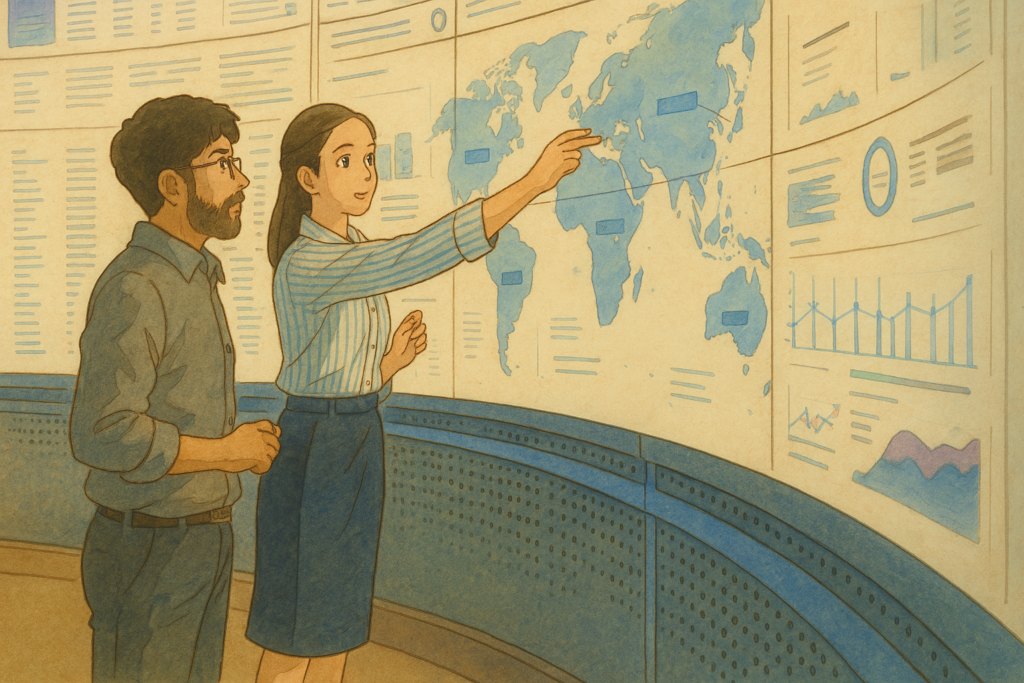
3. Challenges in AI-Generated Hand-Drawn Animation
While AI can replicate textures and colors, it struggles with:
- The lack of human intuition – AI lacks the ability to make creative decisions beyond what it has learned from datasets.
- Recreating organic imperfections – Traditional animation often includes intentional quirks, such as slightly varying line weights, that add personality to each frame.
- Emotional storytelling – The heart of Ghibli’s animation lies in its ability to evoke deep emotions, something AI-generated art still lacks.
The Impact of Artificial Intelligence on the Animation Industry
Artificial Intelligence (AI) is significantly revolutionizing the animation industry, introducing new methodologies and enhancing creative capabilities. By automating various aspects of the animation process, such as character design, motion capture, and rendering, AI facilitates increased efficiency and productivity. Furthermore, AI algorithms are capable of analyzing vast amounts of data, thereby enabling animators to make informed creative decisions based on audience preferences and emerging trends. The integration of AI technologies not only streamlines production workflows but also opens new avenues for innovation, allowing artists to focus primarily on their creative vision. This transformative effect positions AI as a pivotal element in the evolution of the animation sector.
1. AI-Assisted Animation Software
Modern tools help animators speed up the process without replacing their creativity. Examples include:
- Adobe Sensei – AI-powered design and animation tools that assist in digital artwork creation.
- Runway ML – AI-driven video editing and animation enhancement software.
- DeepDream and GANPaint Studio – AI tools that generate artistic patterns and enhance digital art.
2. The Future of AI in Animation
AI is expected to complement traditional animation, automating repetitive tasks like in-betweening, colorization, and background generation while preserving artistic intent.
- Automated in-betweening – AI fills in frames between hand-drawn keyframes.
- Smart colorization – AI can predict and apply colors to line art, speeding up the coloring process.
- Background generation – AI can produce scenic backgrounds based on prompts, allowing animators to focus on character motion.
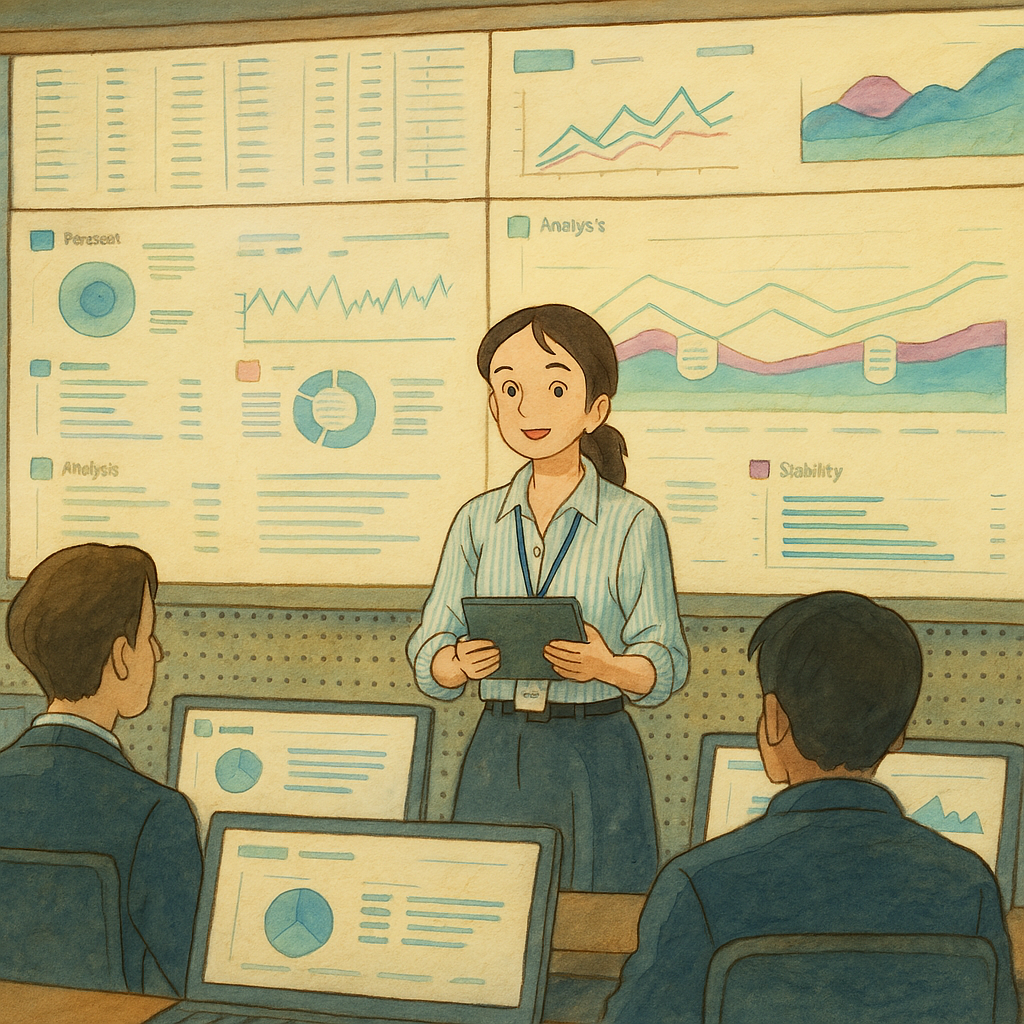
Programs in IT for Mastery of Artificial Intelligence in Digital Art
If you are inspired by the fusion of AI and animation, learning IT skills can open doors to exciting career opportunities. Here are some relevant courses:
1. Data Science and AI for Animation
A strong foundation in data science courses in Pune is crucial for building AI-powered animation tools. Understanding machine learning, deep learning, and data analysis enables developers to create models that enhance artistic workflows. Python, TensorFlow, PyTorch, and OpenCV are essential for training AI models capable of generating hand-drawn-like animations.
- Learn about deep learning algorithms like GANs and CNNs.
- Master Python libraries such as TensorFlow, PyTorch, and OpenCV.
- Explore big data for analyzing and generating digital art trends.
2. Data Analytics for AI in Animation
Data analytics helps optimize AI-generated animations by studying viewer engagement and animation trends. Analyzing audience preferences can help refine AI-generated visuals to match audience expectations. Courses in SQL, Tableau, and Power BI are valuable for tracking and interpreting animation data.
- Use data-driven insights to improve AI-generated artwork.
- Analyze user preferences and engagement for AI-enhanced animations.
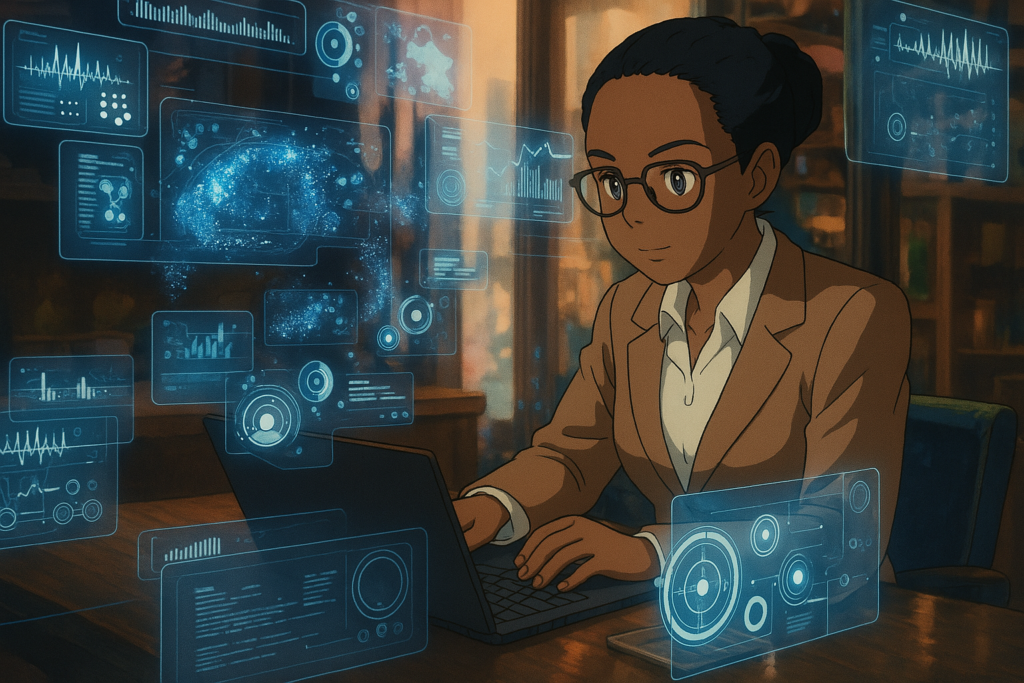
3. AWS Cloud Computing for Animation Pipelines
Modern animation studios rely on AWS cloud computing to store, render, and process animation assets. Learning AWS Lambda, EC2, S3, and cloud-based AI processing helps build scalable and efficient animation pipelines, reducing production costs and increasing computational efficiency.
- Learn how AWS, Azure, and Google Cloud support AI-driven animation studios.
- Implement cloud-based rendering and storage solutions for large-scale projects.
- Software Development for AI Animation Tools
Programming is essential for creating AI-driven animation software. Learning Java, Python, and C++ equips developers with the ability to build interactive AI tools for artists. Software engineers can work on AI-assisted inking tools, automated motion interpolation, and more.
- Develop AI-powered animation software using Java and Python.
- Understand DevOps methodologies for automating animation workflows.
4. DevOps for Large-Scale Animation Production
Animation companies require CI/CD pipelines, automated testing, and deployment solutions to manage large-scale production. DevOps methodologies ensure seamless collaboration between AI developers, animators, and software engineers, helping studios deliver high-quality animations faster.
- Learn CI/CD pipelines for animation software deployment.
- Implement automation tools for rendering and post-production.
Conclusion
In recent years, advancements in artificial intelligence (AI) and deep learning technologies have significantly progressed the field of artistic style replication. However, these technologies still struggle to fully capture the essence of soul, emotion, and the uniquely human touch that are hallmarks of Studio Ghibli’s cherished masterpieces. Rather than attempting to replace traditional animation, AI serves as a dynamic and transformative tool that enhances the creative landscape. This allows artists to expand their creative boundaries while maintaining the heartfelt narratives that characterize their work.
The integration of AI and animation presents a range of exciting career opportunities for individuals interested in this dynamic field. By developing skills in data science, AWS, Python, Java, DevOps, and cloud computing, professionals can position themselves to thrive in the rapidly changing landscape of digital animation. These technical competencies are essential for leveraging AI technologies to create innovative animated content and enhance workflow efficiencies.
Are you ready to start on an exploration of AI’s potential in the world of digital art? Begin your journey by enrolling in top IT courses today!
